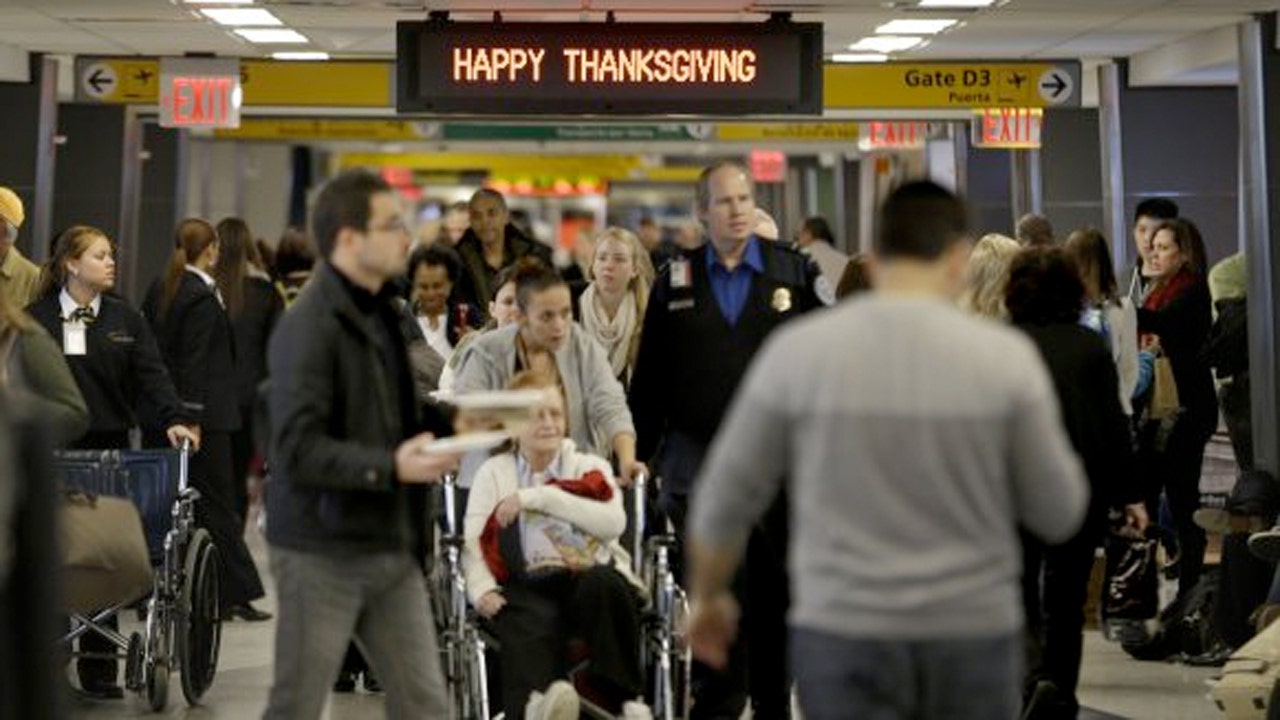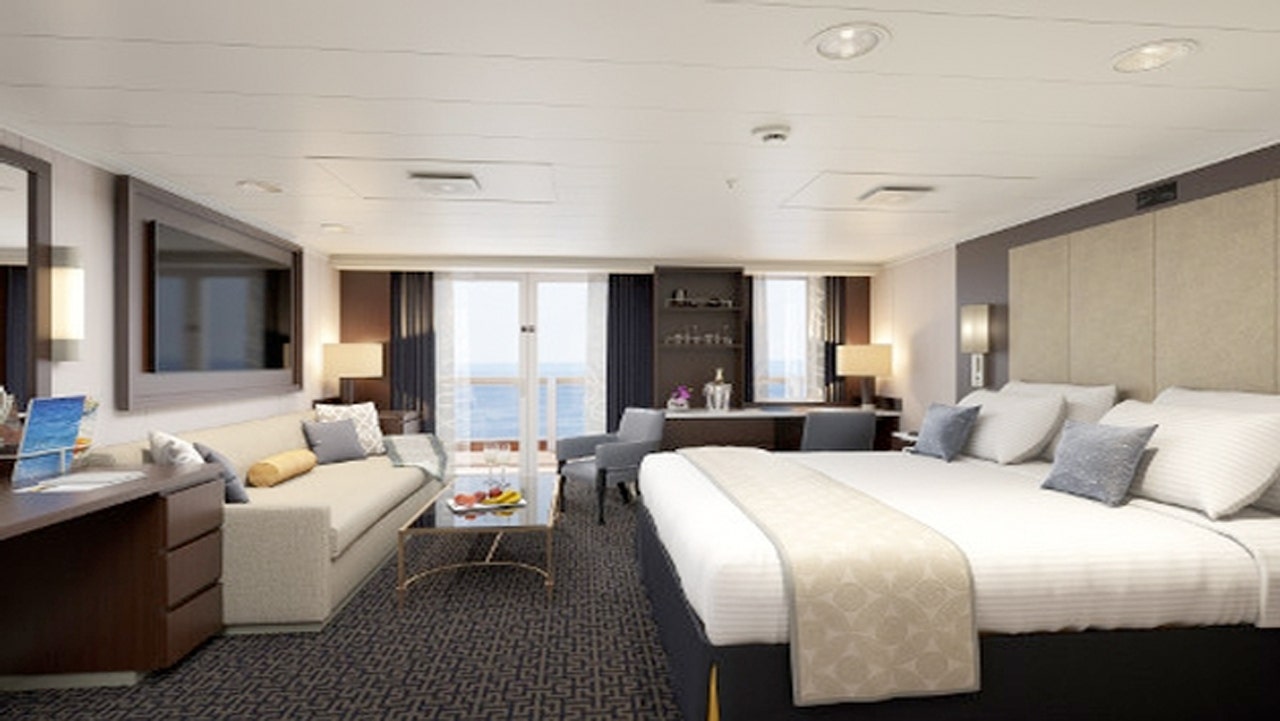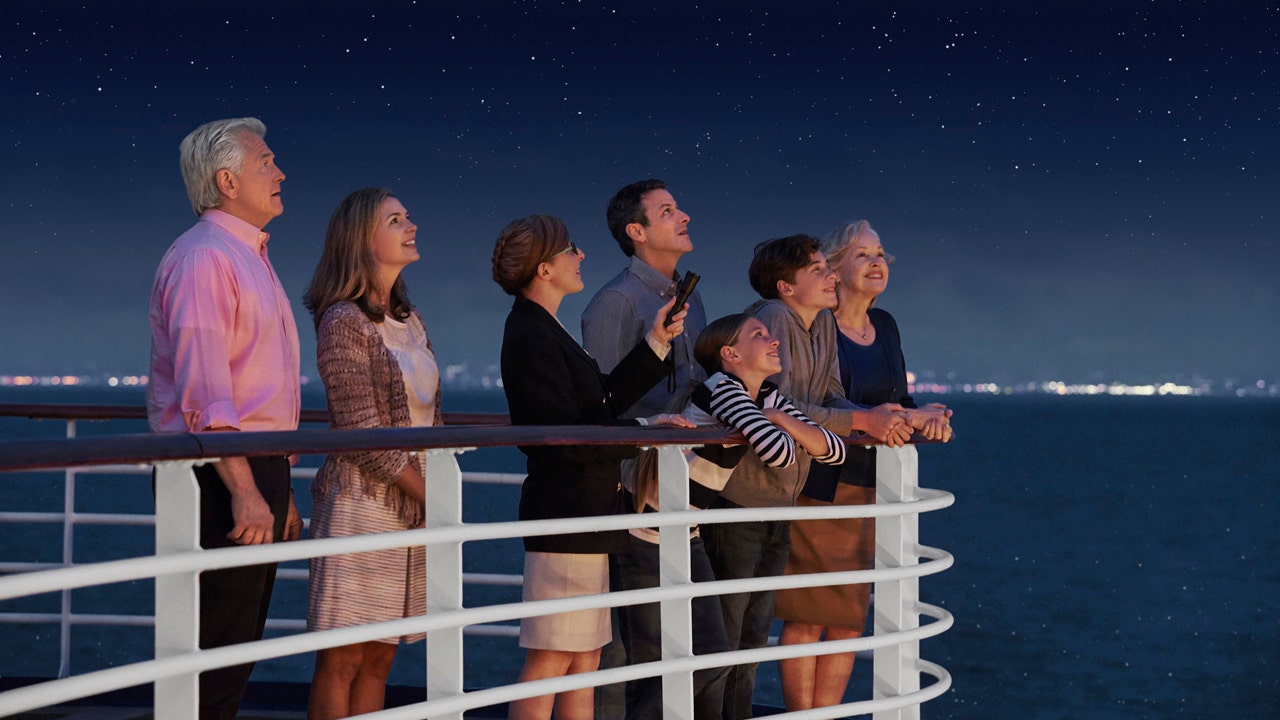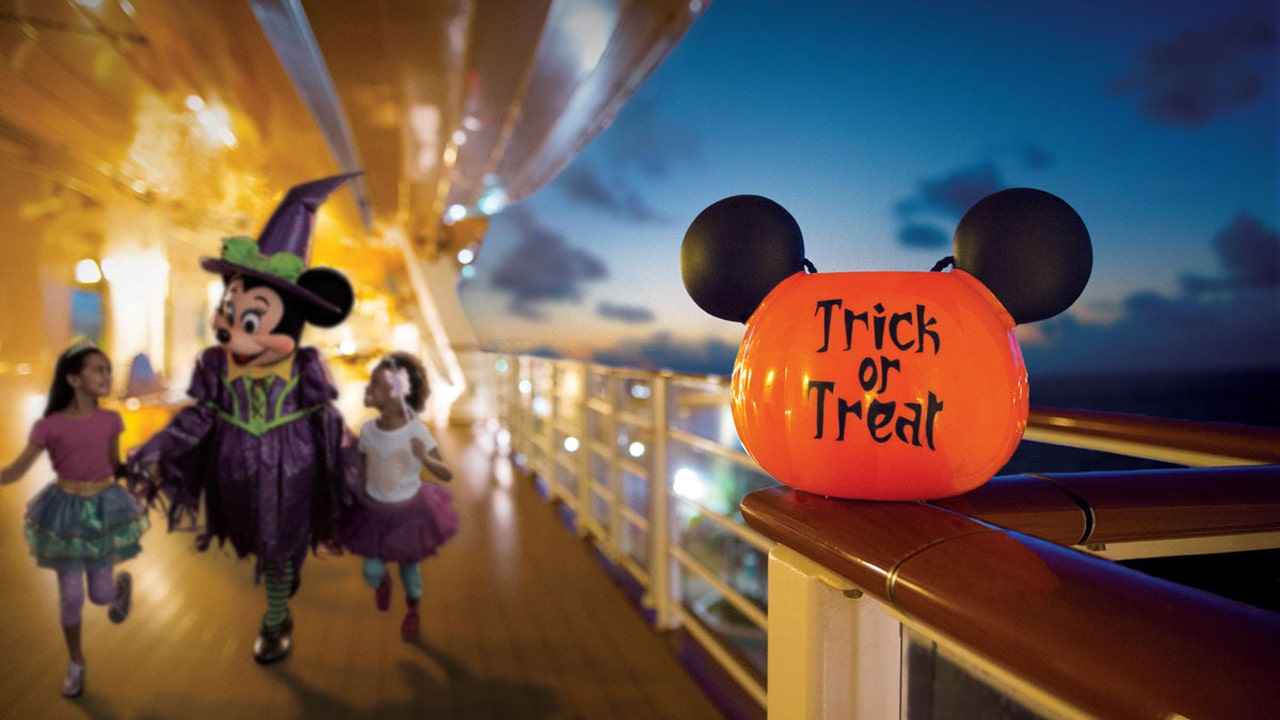Ryanair, known mostly for its risqué ads and abysmal customer service, has announced it plans to expand to the U.S.
The budget airline, which primarily operates throughout Western Europe, is trying to capture a slice of the hugely profitable transatlantic market dominated by legacy carriers.
“The board of Ryanair, like any PLC, have approved the business plans for future growth, including transatlantic. We are talking to manufacturers about long-haul aircraft but can’t comment further on this,” a spokesperson for the airline told Skift. “European consumers want lower cost travel to the USA and the same for Americans coming to Europe. We see it as a logical development in the European market.”
Ryanair said it would offer promotional fares—as low as £10 or $15 —from select American cities to London to shake up the old guard. But don’t get too excited. Regular prices would run about $200 to $300, and then there are the slew of fees, including charges to reserve seats and airline ticket printing.
The airline plans to offer flights between as many as 14 European cities and 12 to 14 U.S. cities. While the plan is still in its infant stages, we could see Ryanair stateside in about five years.
According to IATA data, the transatlantic market is considered the “jewel of the aviation industry,” accounting for over 16 percent of global airline traffic and a whopping 55 percent of revenue. Despite an open-skies deal signed between the European Union and the U.S. in 2007, budget carriers have not figured out a model that allows them to compete.
But flying across Europe, with its notoriously cramped seats and scaled down amenities, may not be like flying across the pond.
The carrier plans to buy a fleet of 50 brand new aircraft that will feature a business class section, which doesn’t exist on its European service. These could include fuel-efficient, modern planes, such as the Boeing Dreamliner and Airbus A350, but it all depends on when the carrier could get them, because manufacturing demand for these aircraft has soared.
But, Ryanair may be dependent on the use of second-tier airports—usually miles away from the major city hubs—which allows for greater airline efficiency and helps significantly cut costs. U.S. airline consolidation has reduced capacity at these smaller markets, but customers, especially business travelers, may see these locations as less desirable.








Leave a Reply